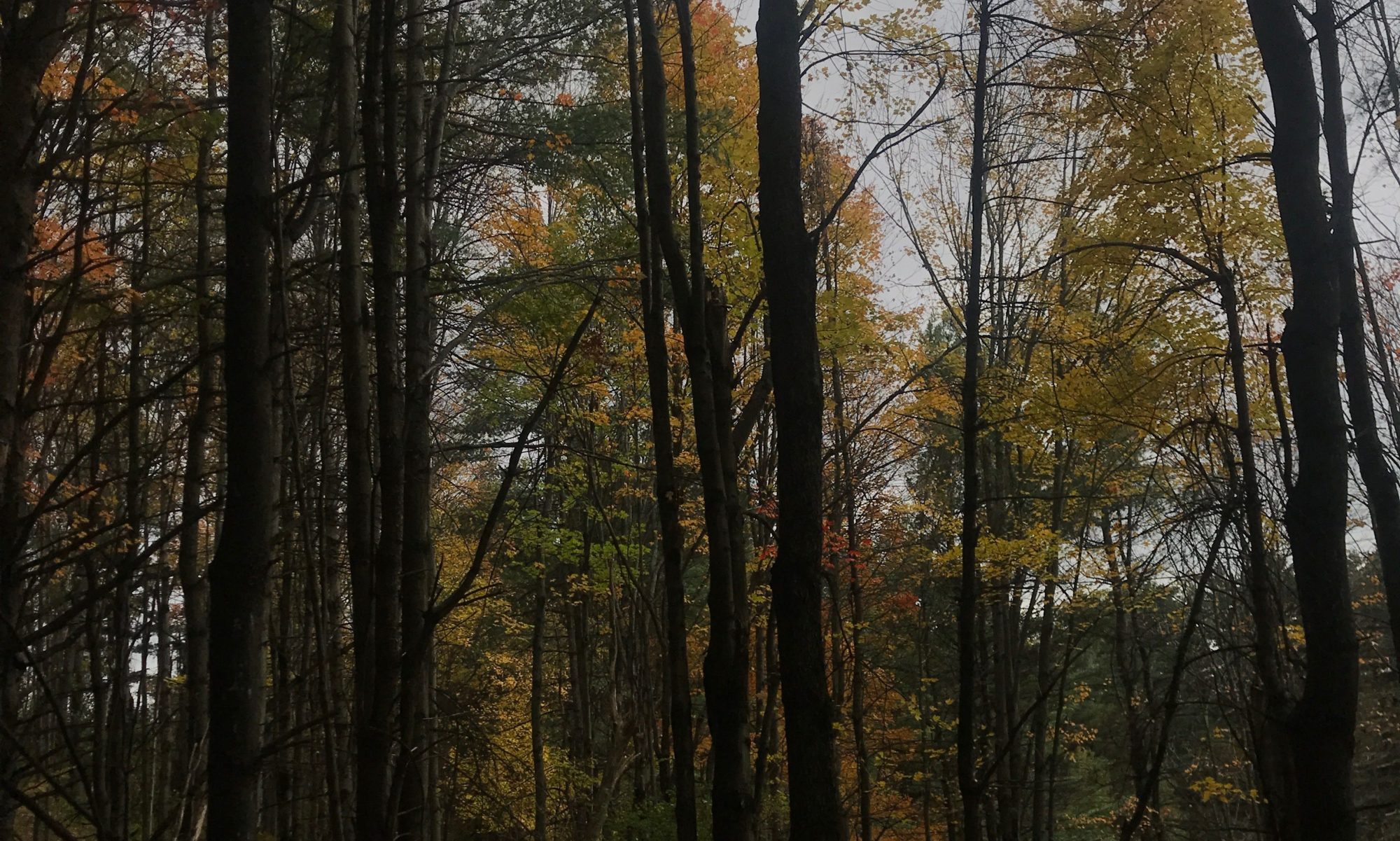Centennial woods is a natural area which is managed by the Environmental Program of UVM. The woods are filled with hiker and dog friendly paths for casual hiking. This allows for a lot of human traffic throughout the woods. However, this 70 acre wooded area was not always like this. In the 1800s and early 1900s, the woods were cleared for agricultural use. There is plenty of barbed wire that remains from the agricultural history of the forest. During this time, the timber industry was a prominent part of the Burlington economy, so perhaps the trees where logged and sold, as many other trees were during this time period. The woods have been able to grow back in the past years. It is evident that the forest is not an old growth, but a rather new growth because of the past history of deforestation at this site. Birch trees and eastern white pines are both pioneer species and are plentiful in Centennial Woods. Eastern white pines are also known to grow in where old agricultural land and hay fields used to be. This helps suggest that the land was cleared and used as some kind of agricultural area. I have noticed that there are a lot of fallen paper birch trees, which would make sense as the short life span of the original new birches as well as the second birches that grew after deforestation is coming to an end.

Sources:
UVM Libraries Research Guides: Centennial Woods Natural Area: Home. (n.d.). Retrieved December 06, 2018, from http://researchguides.uvm.edu/centennialwoods
The Changing Landscapes of Centennial Woods Natural Area: A Field Guide [PDF]. University of Vermont Natural Areas. University of Vermont Environmental Program, http://www.uvm.edu/~uvmsc/Centennial%20Woods/Changing_Landscapes_Centennial_Woods002.pdf.
